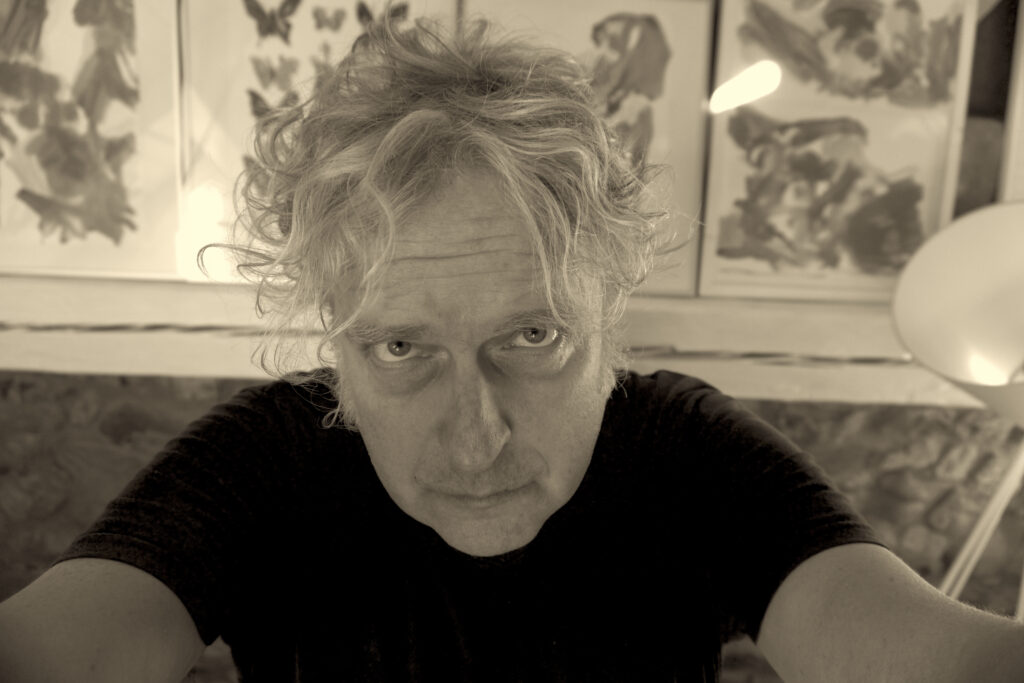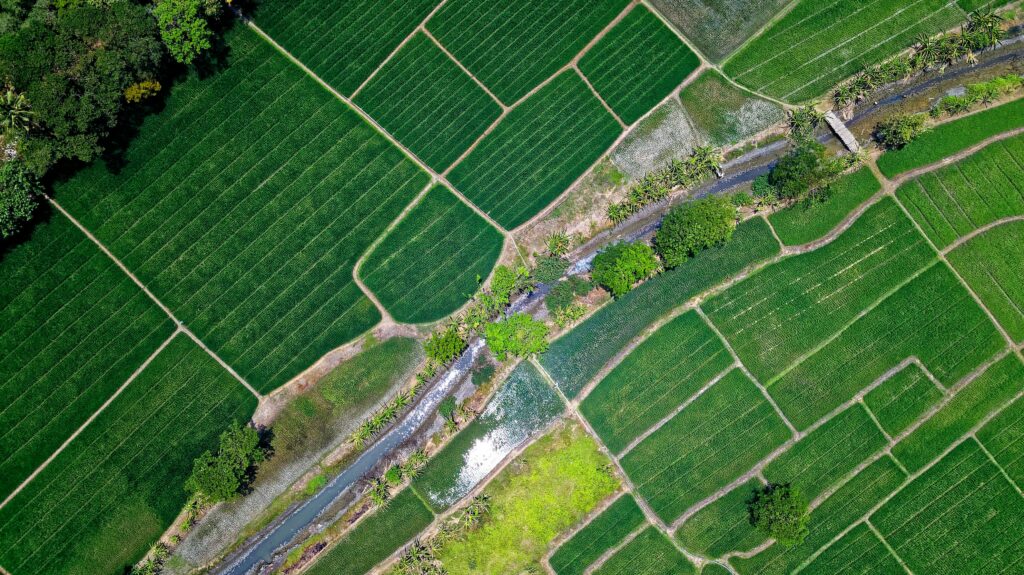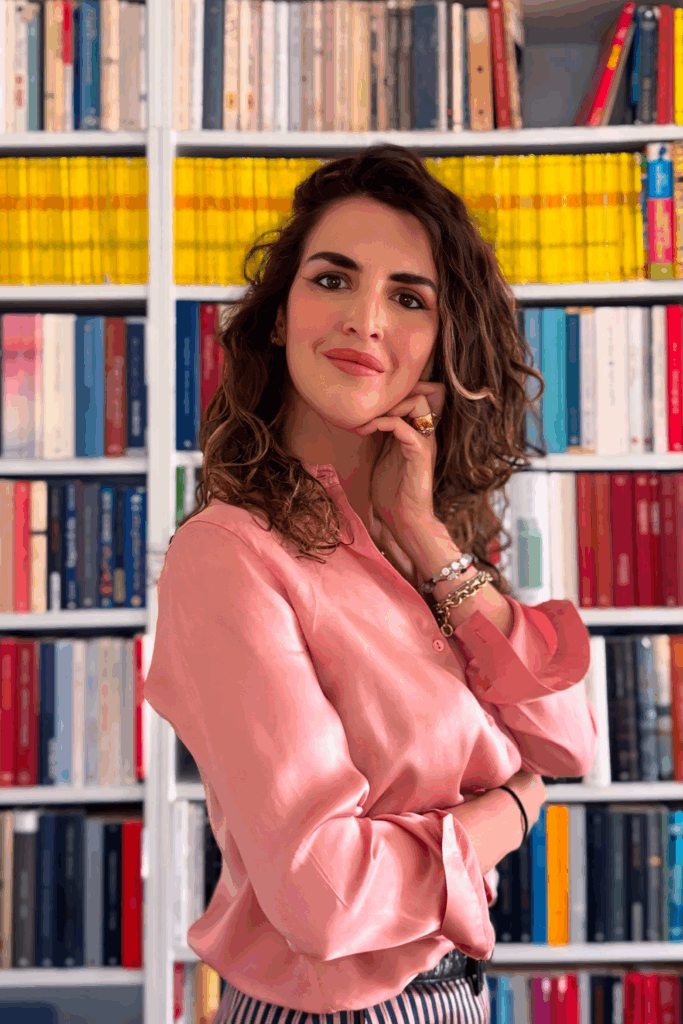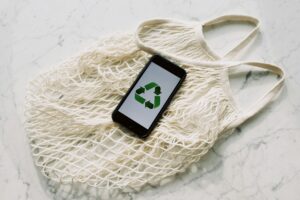Nowadays the field of contemporary art is experiencing development and evolution, artists who can put together traditional and cutting-edge technologies are critical and valuable. Joas Nebe is one of those artists as he creates audiovisual artworks. Art has gone digital recently, but Joas uniquely combines classical and digital approaches.
Nebe’s work demonstrates the complex relationships between language, visual communication, and bodily expression. It creates a dialogue that resonates with viewers on multiple levels.
Today, it is our great pleasure to interview Joas Nebe and get to know about his art and how it fits into common communication.
1. Your work is a combination of classical and digital mediums. How did you come up with this unique idea and tell us about the challenges you had to face to blend these distinct artistic worlds?
I received training at a private art school in Hamburg in traditional artistic techniques such as painting, printmaking, and drawing. From this foundation, I began to take an interest in the contemporary techniques of the audiovisual field at the end of the 1990s. Initially, I predominantly developed animated films on specific topics that interested me. An example is the “Encyclopedic Cartoons” project. The idea behind it was to connect with the encyclopedic approach of Enlightenment-era world perception. I took one word for each letter of the alphabet and developed an animated film for each of the 26 words. Gradually, I changed my techniques and combined individual film sequences with animated figures, such as in „The Tower,“ where an animated seagull flies around a stack of empty tin cans. In one of my recent projects called „Peace Talks“, I animated charcoal drawings in stop-motion technique and then ran them through various filters of the video editing program to create abstract moving patterns.
Before every new step, every new attempt to combine traditional techniques with modern ones, there is an attempt that may not always succeed. But when it does succeed, it is another step towards developing my own visual language. Old and new do not always aesthetically fit together. But it is always worth trying.
2. Your various arts focus on the theme of language. What fascinates you about how verbal and visual elements interact in art?
As contemporaries of the omnipresent audiovisual media, we are highly fixated on sight and hearing as sensory organs, sometimes forgetting that we can also smell, taste, and touch. It all began with the invention of photography in the mid-19th century, continuing with the rise of cinema, which initially was silent and later began to speak. Finally, today we are constantly exposed to images and sound through the internet.
Audiovisual media, therefore, represent a language that is largely replacing our spoken language as the most significant communication medium. Audiovisual language, strictly speaking, consists of two languages: the language of images, with its own rules of composition, and the language of sound, which follows its own laws. Exploring these two languages and using them to investigate our spoken languages, body language, the language of our clothing, etc., is fascinating to me. Thus, analyzing one language with two other languages and “translating” them.
3. In what way do you think your art aligns with or challenges the mainstream communication practices?
My art aligns with and caters to mainstream communication by heavily utilizing mainstream media. I consciously use advertising photography in my paper works/collages and my animated films because advertising aesthetics are part of our visual world. On the other hand, I consciously deconstruct what can be called mainstream communication. I deconstruct communication processes and try to show their functioning through my art.

4. As an artist you have worked with both digital and traditional mediums, what do you think how technology is affecting the future of creation and appreciation of art?
Two major themes here are artificial intelligence and the metaverse. Many artists and some scientists view the ability of artificial intelligence to create new visual worlds, and now even entire films, negatively. However, I believe that besides all possible negative aspects, we must not forget the opportunities new technologies present. I do not think that what defines an artist is something algorithms will ever fully learn, as it strongly depends on our individual experiences and predispositions. Eventually, these factors may be simulated, but there will always be a certain difference, much like the difference between a film shot on film and one that is digitally created and projected. The magic of images is somewhat lost in the digitally projected variant.
Regarding the metaverse, it presents a significant opportunity for artists, collectors, and museums, as well as for people who cannot afford, due to financial means, disability, or time constraints, to visit an important exhibition in a particular museum. The metaverse allows artists, collectors, and museums to present their works, which can be viewed from anywhere in the world, at least where there is internet access. Art collectors who understood this early on are Dominique and Sylvain Levy. Their collection of contemporary art has now been recreated in the metaverse, making their exhibits accessible to everyone.
5. Most of your art is characterized by psychological and societal messages. Regarding your own art, how do you mediate the personal expression with the broader cultural commentary in your work?
As an artist, I am an individual with specific experiences I have accumulated over my life and particular knowledge about certain things that interest me or that I need for projects. These experiences are accompanied by emotions that steer me in one direction or another, influencing the course a project may take. I am interested in all forms of languages, the instruments with which we connect with others and without which we would be isolated entities, incapable of contact with the outside world. One could say that interest in communication is a fundamental theme of my work.
This interest stems from my family being exposed to extreme forms of political ideologies from both the right and left over at least three generations. My grandparents lost everything when my grandmother had to flee with her two children as the Soviet Army took Königsberg. My grandfather ended up in Russian captivity, and my grandmother, mother, and her little sister later lived for several years under the socialist dictatorship in East Germany before they could flee again.
I myself witnessed the fall of the Berlin Wall and the supposed end of all ideological convictions in the 1990s, which began to resurface after 9/11 and the Gulf War, initially through the founding of „Die Linke“ and through the left wing of the SPD, and later on the right through the founding of the AfD under Chancellor Angela Merkel.
This sparked my interest in the mechanisms of language in general and in how certain mechanisms within language or languages influence our ability to express ourselves. This, in turn, is the cultural element that permeates my work, based on personal experiences.
6. Could you explain how you conceptualized video artwork and how you proceeded to generate the ideas you used to design the installation?
I first develop an idea for a project. I explore this idea through sketches. Sometimes I start with a different medium, such as a collage on the topic. Switching between different media stimulates my imagination. So, if I get stuck with a concept for a project, I might draw or photograph in the meantime, even if the drawing or photograph has nothing to do with the actual project. Once I have developed the idea into a concept, typically a series of videos or a multi-channel video installation, I move on to implementation. This involves initially gathering visual and audio material that fits the conceptualized videos. Once collected, I compose the film in the editing program. During both the material collection and composition phases, the original concept may change. Sometimes this happens only in parts; other times, I might discard the entire concept and develop a new one.
Another critical step, which can lead to further changes, is assembling the various video channels into a composition. What I initially envisioned is not always convincing. Here, too, I might change, rearrange, or discard parts.
The final step is the presentation. Here, I also try to remain as open as possible, adjusting an initially conceived composition or presentation format to the given circumstances.
Image credit: VG Bildkunst, Joas Nebe










